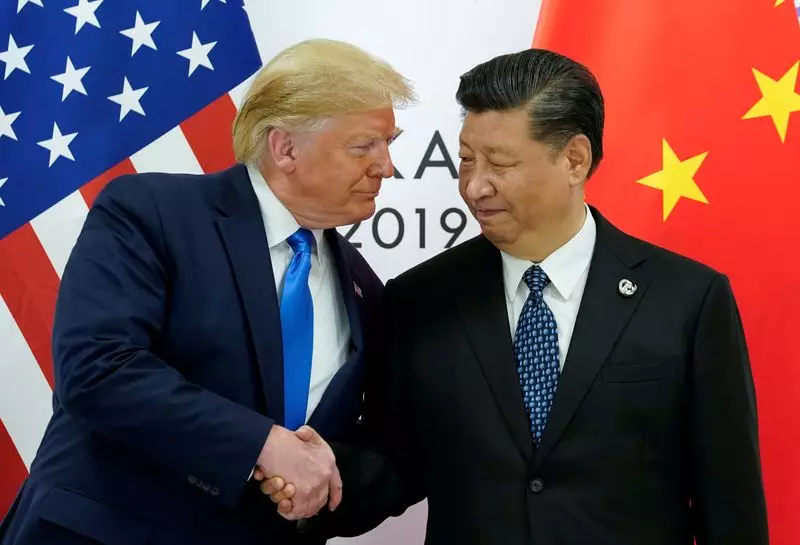The relationship between China and the United States has long been characterized by a complex mix of cooperation, tension, and confrontation. This intricate interplay has only intensified as recent political developments in the U.S. potentially signal a shift back to more confrontational policies reminiscent of Donald Trump’s first term. With Trump’s victory in the recent election, President Xi Jinping’s conciliatory overtures appear to seek a refreshed approach to managing the multifaceted diplomatic dynamics between these two global heavyweights.
Donald Trump’s return to the White House has rekindled fears reminiscent of the trade war that defined his initial presidency. As Trump has indicated plans to revive stringent tariffs, including a staggering 60% on U.S. imports from China, economic analysts are bracing for potential fallout. Such measures, more aggressive than the 7.5% to 25% tariffs instituted previously, could jeopardize an already fragile Chinese economy grappling with substantial property market declines and growing local government debt.
Xi’s response to Trump’s electoral win is critical. He underscores the need for “stable, sound, and sustainable” relations, pointing out that both nations would benefit from mutual respect and peaceful coexistence. The current discourse suggests an awareness among Chinese officials that Trump’s return might lead to regression rather than progression in bilateral relations, especially considering past disagreements that have pervaded trade, security, and mutual perception.
Xi’s advocacy for enhanced dialogue reflects a pragmatic understanding of the importance of communication amidst escalating tensions. The commerce ministry’s willingness to pursue “healthy economic and trade ties” underscores a critical element in diplomacy: finding common ground in a field often littered with obstacles.
This approach advocates for shifting away from outright confrontation to explore avenues for collaboration that could prove beneficial for both nations. By mitigating aggressive posturing and instead focusing on constructive engagement, it may be possible to navigate the complex challenges posed by global issues including climate change, pandemic responses, and economic stability.
Historically, China-U.S. relations have cycled through periods of detente and discord. The initial trade war sparked in 2018 introduced tariffs that reshaped global supply chains and market dynamics, leading to significant disruptions. However, the onset of the COVID-19 pandemic and related lockdowns had prompted a temporary truce that offered both countries an uneasy but necessary respite.
Despite such measures, the underlying skepticism persists as both sides grapple with strategic self-interests. Editorial perspectives from Chinese state media highlight the need for a pragmatic response to U.S. policies, suggesting a readiness to redefine relationships in light of changing political landscapes.
Should Trump proceed with his promised tariffs, the implications for the Chinese economy could be severe. Reports indicate that the latest tariffs are proposed at a much more critical juncture for China, which is currently facing economic challenges of its own. With public debt swelling and weakening internal demand, the introduction of such robust tariffs might trigger a broader economic crisis, laying bare vulnerabilities the Chinese government has been keen to mask.
Moreover, the continuation of punitive tariffs established during the Biden administration emphasizes a bipartisan consensus on a hardline stance toward China, suggesting that any potential thaw in relations post-Trump might be fleeting. The risk of a return to a pressure cooker scenario reminiscent of the height of the trade war looms large.
As the U.S. embarks on a new political chapter under Trump, the onus lies on both nations to redefine their relationship amidst looming tariffs and economic uncertainties. President Xi’s calls for dialogue and cooperation offer a path forward, but whether both leaders can prioritize diplomacy over conflict remains to be seen. The stakes are high; the benefits of a cooperative approach could pave the way for a more stable global economy while the costs of failure serve as a dire warning of what could transpire in an increasingly complex world stage.

